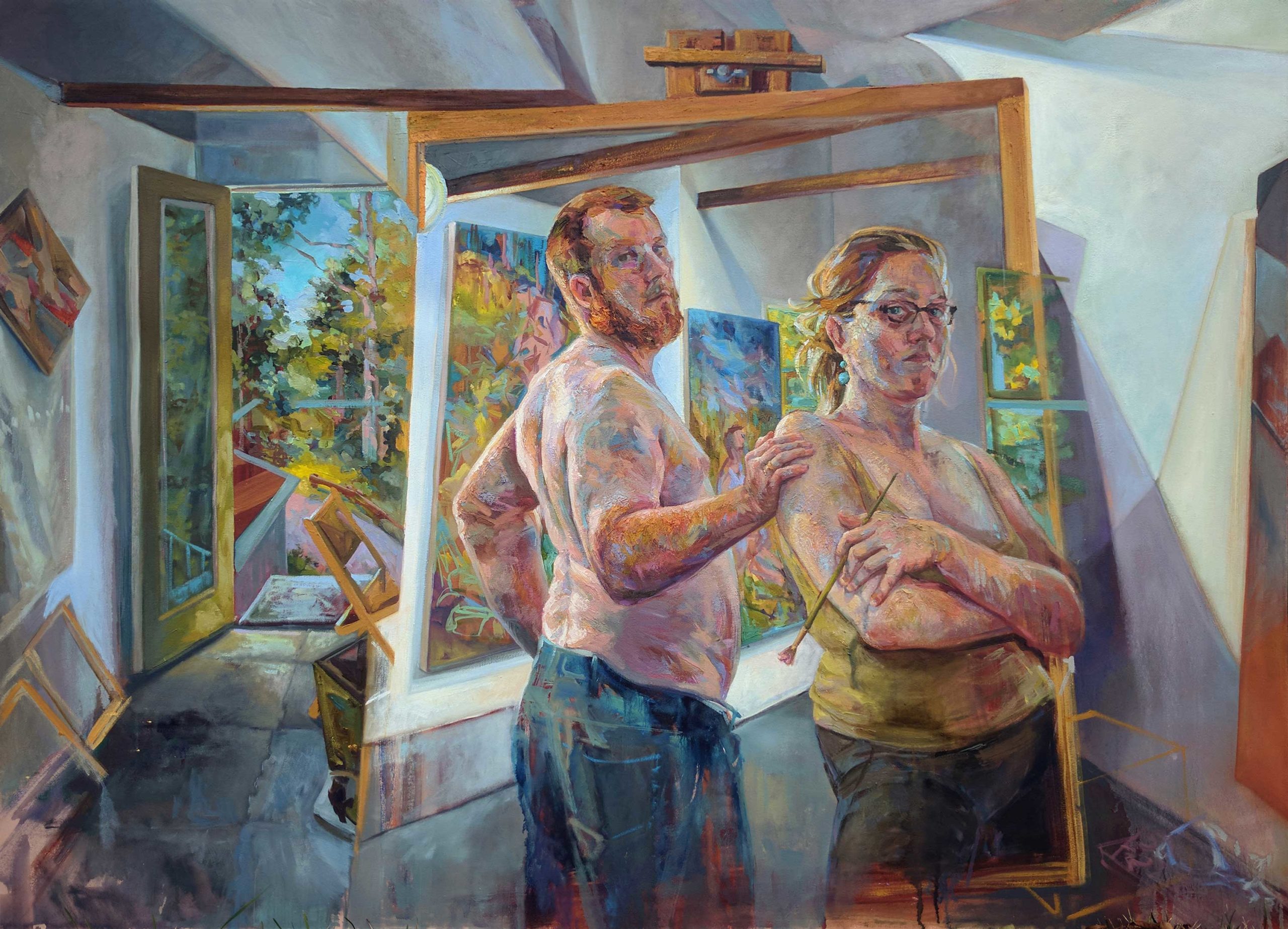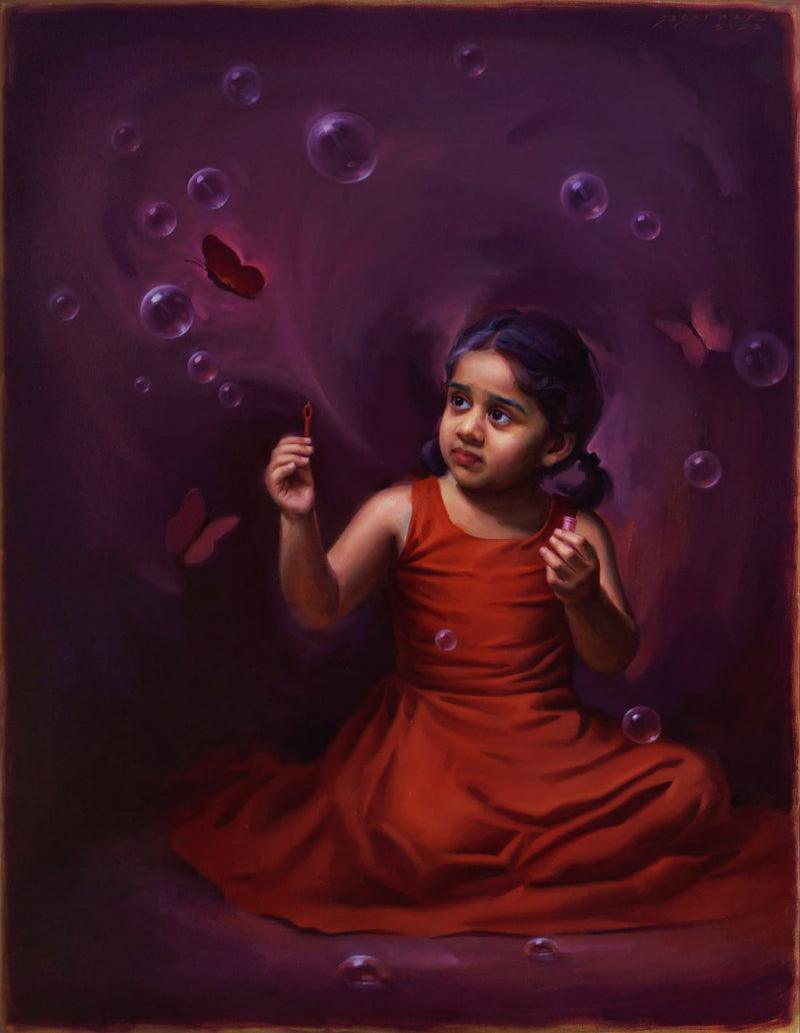Figurative Oil Painting: From Principle to Canvas - A Step-by-Step Strategy
Figurative Oil Painting: From Principle to Canvas - A Step-by-Step Strategy
Blog Article
The Evolution of Metaphorical Oil Paint: Comprehending Its Historical Value and Modern Interpretations
The advancement of figurative oil paint serves as a compelling lens via which to analyze the interaction between imaginative expression and historical context. Contemporary musicians, attracting from this rich heritage, are currently reinterpreting the human figure in means that challenge conventional narratives.
Origins of Figurative Oil Paint
The origins of metaphorical oil paint can be traced back to the early Renaissance in Europe, specifically in the 15th century. The development of oil paint enabled for better depth of shade and information, improving the realistic look and vibrancy of their work.

In this transformative period, numbers were often portrayed within contextually rich settings, showcasing not just their physical qualities yet additionally their emotional states. Leaders such as Jan van Eyck and Titian harnessed the medium's convenience, using layering strategies to attain luminance and appearance. This development helped with the portrayal of detailed textiles and the nuances of skin tones, adding to the development of portraiture and narrative scenes.
Additionally, the Renaissance emphasis on humanism cultivated a recognition for individuality, which in turn affected artists to develop even more vibrant and relatable numbers - figurative oil painting. As a result, figurative oil paint emerged as a powerful vehicle for narration and emotional engagement, preparing for future creative movements and designs
Secret Historical Activities
Significant historic movements have actually shaped the evolution of figurative oil paint, each contributing special viewpoints and strategies that expanded the tool's possibilities. The Renaissance noted a pivotal minute, emphasizing realism and the human kind, with artists like Leonardo da Vinci and Michelangelo pushing the limits of anatomical accuracy and perspective. Following this, the Baroque age brought dramatic contrasts of light and darkness, exemplified by Caravaggio, that infused religious motifs with intense emotionality.
The 19th century presented Romanticism and Realism, where musicians such as Delacroix and Courbet challenged classic ideals, concentrating on private expression and day-to-day life. The development of Impressionism further changed the medium by stressing the effects of light and color, bring about a separation from traditional representation.
In the early 20th century, motions like Expressionism and Cubism redefined metaphorical paint through abstraction and the exploration of emotional depth. Each of these motions not just mirrored the social changes of their times but likewise laid the foundation for modern analyses. The interaction in between these historic movements has produced a rich tapestry of approaches and styles, affecting contemporary artists in their search of catching the human experience on canvas.
Methods and Materials Evolution

Throughout the Baroque period, strategies such as chiaroscuro and sfumato arised, improving the emotional resonance of metaphorical structures. Artists started to trying out lusters and impasto, manipulating structure and brightness. By the 19th century, advancements like the use of pre-mixed paints in tubes transformed ease of access, allowing musicians to repaint en plein air and catch the fleeting results of light.
The 20th century experienced the intro of synthetic pigments and mediums, which increased the combination and changed the consistency of oil paints. In addition, the exploration of new application strategies, such as combination blades and brushes of differing rigidity, additional diversified imaginative expression. Jointly, these innovations mirror the advancing connection in between materials, methods, and the imaginative vision fundamental in metaphorical oil painting.

Contemporary Interpretations
Contemporary interpretations of figurative oil painting show a vibrant dialogue in between practice and innovation, where artists test established norms and explore diverse themes. This evolution pop over to this site manifests in numerous means, as modern musicians blend classical methods with contemporary ideas, commonly attending to social, political, and individual narratives.
Numerous specialists draw ideas from historic works, yet they infuse their pieces with contemporary perspectives, utilizing the human kind as image source a lorry for discourse on sex, identity, and society. Artists progressively try out abstraction, distortion, and multimedias, which permits a wider interpretation of the number and its context.
Additionally, making use of vivid shade combinations and non-traditional make-ups commonly offers to interrupt conventional watching experiences, provoking crucial engagement from audiences. This shift in focus extends past looks; it shows an expanding understanding of the complexities of human experience in an interconnected globe.
As metaphorical oil painting remains to progress, it continues to be a crucial tool for checking out the subtleties of contemporary life, personifying both a respect for heritage and a commitment to dynamic thought. The outcome is an abundant tapestry of expression that resonates with the intricacies of the modern-day human condition.
Influence on Modern Art
The effect of metaphorical oil painting on contemporary art is extensive, as it has actually constantly motivated a myriad of artistic motions and techniques throughout the 21st and 20th centuries. From Expressionism to Surrealism and past, the exploration of the human figure has actually remained a central motif, enabling musicians to share complex emotions and stories. This focus on metaphorical representation has brought about a re-examination of conventional methods, causing innovative methods that mix realistic look with abstraction.
Moreover, contemporary artists have embraced figurative oil painting as a means to address social and political problems, using the tool to test understandings of culture, identity, and gender. The resurgence of interest in figurative operate in current years mirrors a wishing for link in a significantly electronic globe, where human experience and feeling are vital.
In addition, the discussion in between figurative oil painting and modern-day art appears in the jobs of musicians such as Kehinde Wiley and Jenny Saville, that make use of historic recommendations while infusing their pieces with modern relevance. Ultimately, figurative oil paint remains to form and redefine contemporary creative expression, highlighting its long-lasting relevance in the art world.
Conclusion
The evolution of figurative oil paint highlights its historical importance and versatility across numerous creative movements. here are the findings From the naturalism of the Renaissance to the stirring expressions of the Baroque and the cutting-edge techniques of modernity, this medium has actually constantly transformed. Contemporary interpretations reflect vivid shades and unique compositions, cultivating essential interaction with political and social motifs. Eventually, figurative oil paint remains an essential medium for exploring the human experience, resonating profoundly in today's digital landscape.
The advancement of figurative oil paint offers as a compelling lens via which to examine the interplay in between imaginative expression and historical context.Significant historical activities have actually formed the advancement of metaphorical oil painting, each contributing distinct approaches and strategies that expanded the medium's possibilities.As historical motions shaped the trajectory of figurative oil painting, the methods and products used by musicians have actually additionally undertaken considerable improvements. figurative oil painting.The influence of figurative oil painting on modern art is profound, as it has continually inspired a myriad of artistic movements and practices throughout the 20th and 21st centuries.The evolution of metaphorical oil paint emphasizes its historic significance and versatility across different imaginative motions
Report this page